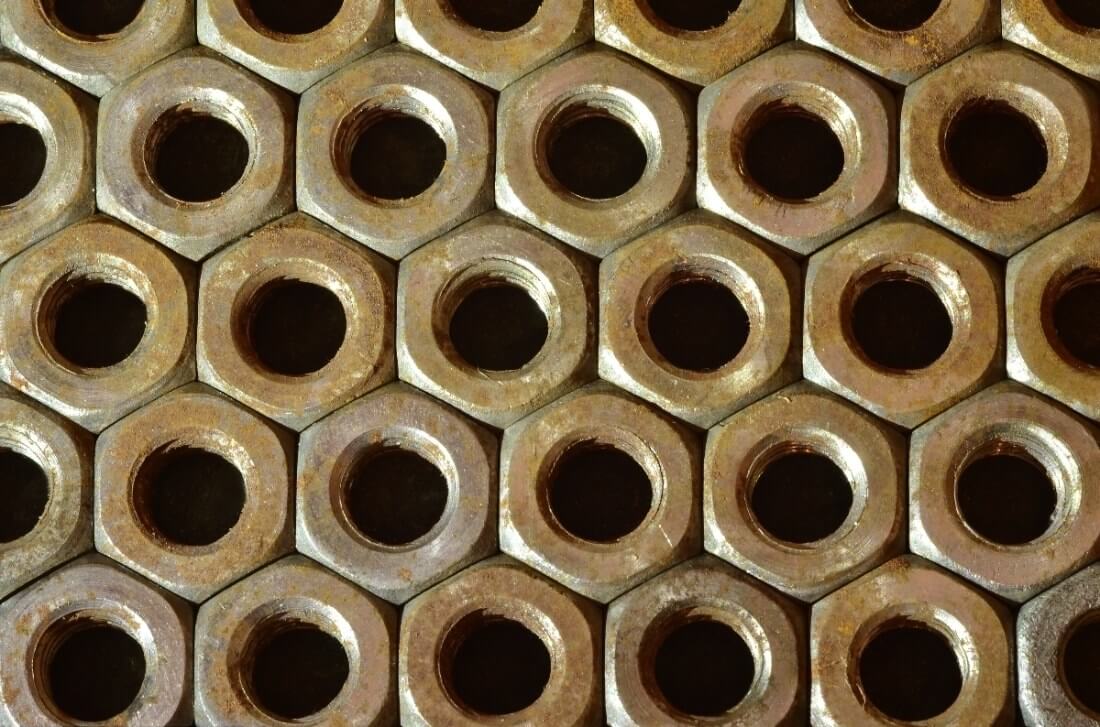Ever since man began to settle in one place, rather than constantly moving around for safety, there has been need for recycling.
In fact, Japan began to recycle paper as early as 1031, with records stating that all documents and paper were recycled and repulped into new paper, that was sold in paper shops.
But what about scrap metal recycling? When did we start to take one piece of metal and transform it into something else?
Read on to find out.
After the war
After World War II, an exhausted Britain was slowly recovering from the horrors and changes that had taken place during previous years.
One of the main habits that had been picked up during the war years was recycling. Many people had gotten used to re-using items, as resources during these hard times were often exhausted.
By the 1950s, an environmental movement had arisen, and many people were taking an active stance against worrying measures such as landfills, which were a cheap and convenient way for councils to dispose waste at the time.
During this time, metal was not seen as a huge money-maker in scrap value. It was, however, often recycled around the home for reuse in everyday life.
The recycling symbol
The widely recognised recycling symbol of three arrows forming a triangle shape was originally thought up by Gary Anderson, a 23-year-old American college student who submitted his design for a competition.
This symbol has now become the official logo for recycling and waste management across the globe.
By the 1960s, recycling scrap metal was becoming a thriving industry, and in 1964 the first Scrap Metal Dealers Act was passed.
This act was rubber-stamped to help regulate the way that scrap metal was being bought and distributed, and to make sure that people were getting a fair price for their scrap.
The 1970s
In 1975, world-famous brand Coca Cola brought out the ‘Easy-Goer’. These were lightweight, plastic bottles that could be recycled and took much less energy to produce than the original glass bottles that had become so popular in the 20th century.
In the 1970s, recycling increased by about 50% compared to the previous decade.
Present day
In 2001, the British Metals Recycling Association was formed. The association is essential for helping established scrap metal dealers become more acquainted with changing legislation, as well as adhering by a strict code of conduct.
In 2013, the Scrap Metal Dealers Act was updated to incorporate modern technologies and trends into the law. This also meant that it became illegal to trade any type of scrap metal for cash, and ID had to be shown at the point of sale.
If you don’t want to have to show your ID whenever you sell your scrap metal for us, you can apply for a Maxilead Members card.










